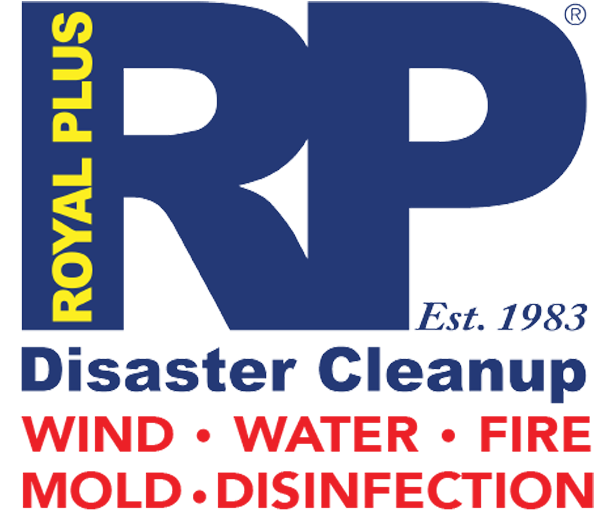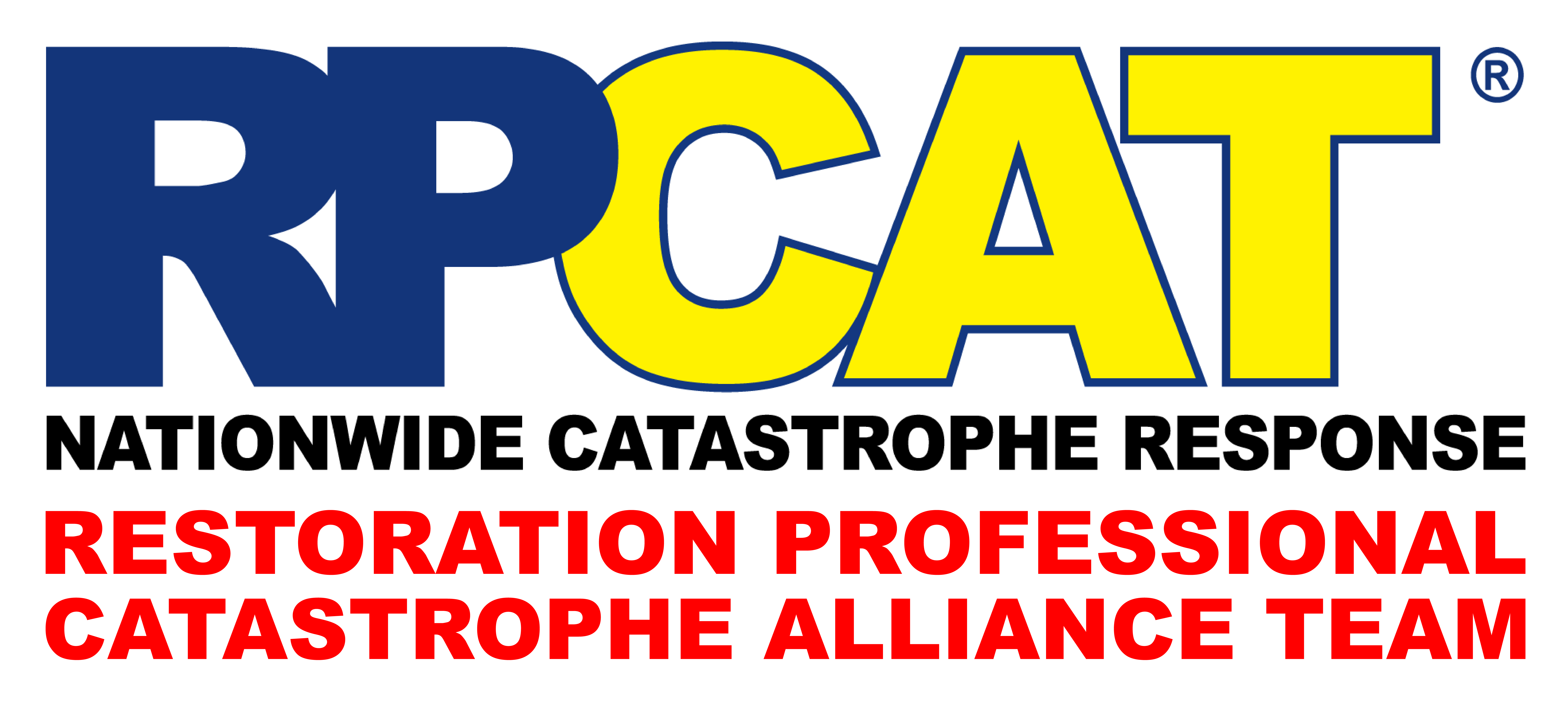September marks the historical peak of hurricane season. For a disaster cleanup company, this month is often a reminder that preparation is the best defense against major property damage.
We’ve seen firsthand the aftermath of major storms, not just the wind and rain, but the cascading failures that turn a bad situation into a total catastrophe. Drawing on years of experience, here are five crucial lessons we’ve learned from post-storm cleanup that can help you prepare before the next big storm hits.
Lesson 1: Documentation is Your Damage Lifeline
When disaster strikes, your immediate focus is safety. When it’s time to file an insurance claim, however, the process can stall if you don’t have adequate proof of your pre-storm property condition.
- The Hindsight: Many homeowners scramble to find receipts or photos after damage occurs.
- Actionable Prep: Before the season starts, conduct a digital “home inventory.” Take high-quality videos and photos of every room, focusing on valuables and the condition of major appliances (furnace, water heater, etc.). Store this inventory (and copies of your insurance policy) on a cloud service, not just on your home computer.
Lesson 2: The Main Water Valve is the Most Important Tool
In the chaos of a hurricane or tropical storm, high winds and flying debris can cause immediate plumbing failures, leading to catastrophic internal flooding that compounds the damage from rain.
- The Hindsight: Homeowners often discover they don’t know where their main water shutoff valve is located, or that it’s rusted shut, wasting hours while water pours into their home.
- Actionable Prep: Locate and test your main water shutoff valve today. Make sure every adult in your household knows how to turn it off. If a pipe bursts or is compromised by storm damage, shutting off the water immediately minimizes the subsequent water damage cleanup, drying time, and mold risk.
Lesson 3: Swift Action is the Only Way to Beat Mold
We cannot stress this enough: The window of opportunity to prevent significant mold growth after flooding is dangerously short. (often 24 to 48 hours)
- The Hindsight: Homeowners often wait days for floodwaters to recede or try to manage water extraction themselves, unknowingly allowing mold to begin colonizing drywall, carpets, and insulation.
- Actionable Prep: Have an emergency restoration plan. If flood water enters your home, call a professional disaster cleanup team immediately. We use high-grade water extraction equipment and powerful structural drying techniques that the average homeowner simply doesn’t have, beating the clock against toxic mold growth.
Lesson 4: Don’t Underestimate the Power of Sewage Backflow
Heavy rainfall and storm surge can overload municipal sewer systems, causing sewage to back up into homes through drains and toilets. This is a common and dangerous problem during major storms.
- The Hindsight: Contaminated water cleanup is drastically more complex and hazardous than clean water cleanup.
- Actionable Prep: Check if your home is equipped with a working backwater valve (or backflow preventer) on the main sewer line. If a backup occurs, never attempt to clean contaminated water yourself, it carries serious biological hazards and requires professional sanitation and decontamination protocols.




Recent Comments